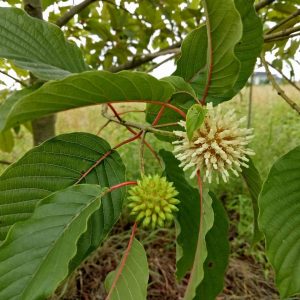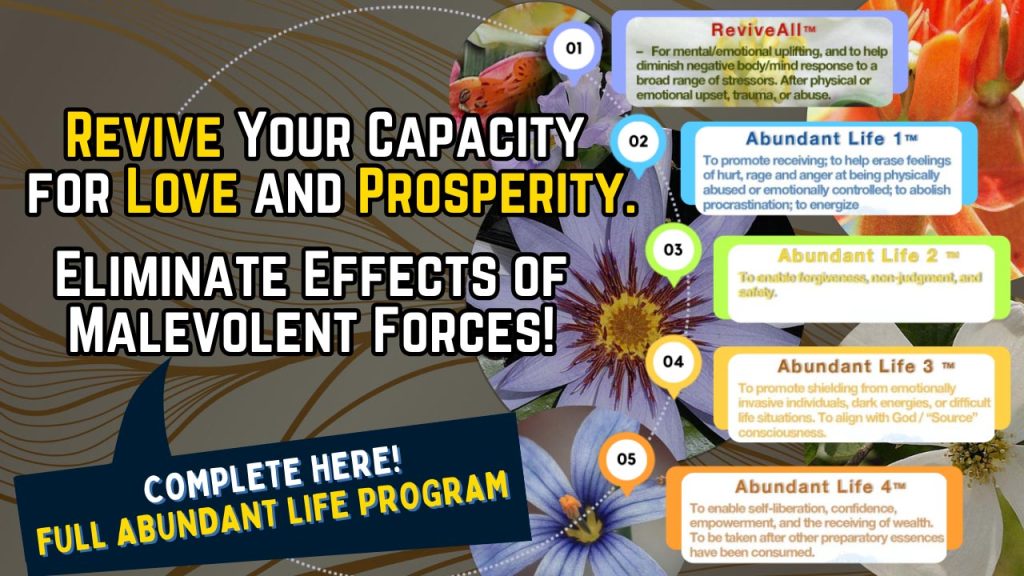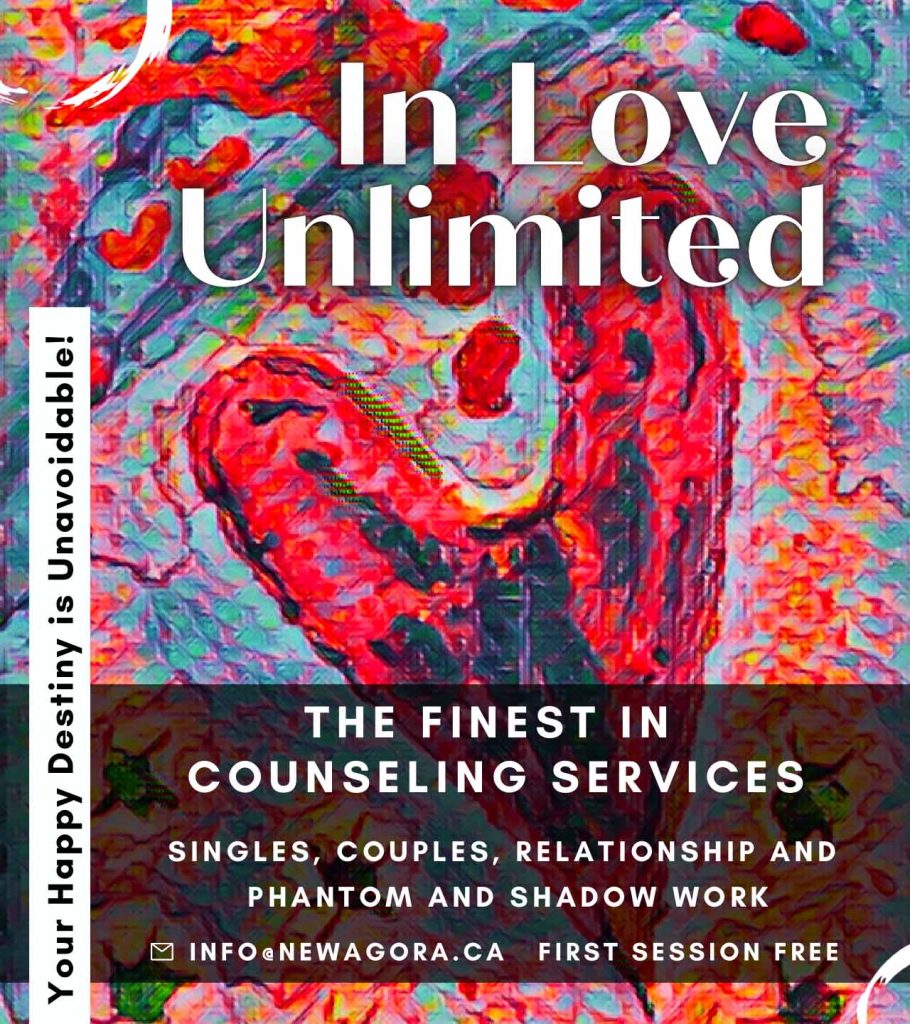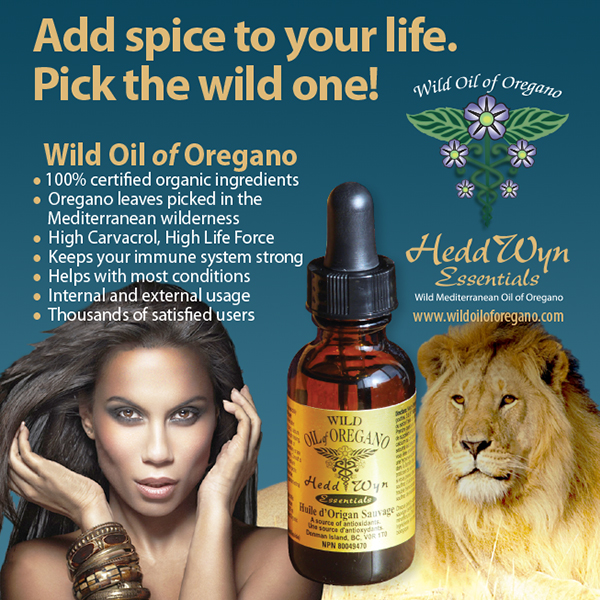Kratom: Myths & Misconceptions
By Paul Kemp
https://www.Diabetes-Symptoms-Magic.com
Many myths and misconceptions about Kratom (Mitragyna Speciosa) have been spread by the U.S. Food and Drug Administration (FDA) which may seem bizarre to anyone who has experienced the benefits of this herb. The FDA has selectively propagated a narrative loosely based on rare instances of harm, consistently connected with ignorant or willful abuse of the plant in combination with various other licit or illicit drugs that are known to cause fatalities or where there are undisclosed pre-existing conditions in the user.
There seems to be a broad disconnect between the FDA’s position on kratom and the historic andmost recent scienceon this botanical. The FDA ignores the legitimate science and makes their own pronouncements, coming up with some very dubious “associated” deaths and other purported side-effects — such as hallucinations and respiratory depression — as proof.
The FDA’s basic position, as of 9/11/2019, is that: “FDA is concerned that kratom, which affects the same opioid brain receptors as morphine, appears to have properties that expose users to the risks of addiction, abuse, and dependence.”
Ah, but much the same could be said about caffeine!
 What the FDA neglects to say is that many harmless natural substances, such as coffee, cheese, chocolate, and mothers milk also have effects on the opioid receptors in a variety of nuanced ways. Each of us also make our own endogenous morphine (endorphins) when stressed by jogging or other sustained physical exertion.
What the FDA neglects to say is that many harmless natural substances, such as coffee, cheese, chocolate, and mothers milk also have effects on the opioid receptors in a variety of nuanced ways. Each of us also make our own endogenous morphine (endorphins) when stressed by jogging or other sustained physical exertion.
If producing some effect on the opioid receptors is a problem, why isn’t the FDA proposing to criminalize jogging and these other substances?
Some of the best current scientific research may be summarized as: “Yes, kratom has some effect on opioid receptors, but it is more accurately called a partial mu opioid receptor agonist, which acts by a very different chemical pathway, thus avoiding the addictive and deadly side-effects of typical opioids, such as morphine. In addition, one or more of kratom’s 28 alkaloids act as opioid antagonists, thus further limiting any opioid effects.
Indeed, when asked by the U.S. Drug Enforcement Agency (DEA) to produce the required 8 Factor Analysisnecessary for scheduling any substance under the Controlled Substances Act, the FDA ignored the consensus of scientific evidence which agrees that kratom does not cause “respiratory depression” — the cessation of breathing by which typical opiates cause death. Instead, the FDA created their own computer modeling program which purported to show that kratom was just another opioid and was assumedto have all the addiction liability and other side-effects of typical opioids.
Therefore, based on their in-house computer modeling, the FDA continues to claim that kratom must be deadly, due to the respiratory depression that no other researcher has found to any significant degree.
——————————————
For a “deep dive” refutation of the FDA’s claim that kratom is a “dangerous, deadly opioid”, please read “FDA Fails to Follow the Science” by Jane Babin, PhD, Esquire. The FDA, at least, has been consistent in their willful effort to ignore the published scientific findings on kratom, while they pursue their agenda of demonizing it with the goal of denying its use to the U.S. population.
————————————————
The FDA goes on to say that, “There are no FDA-approved uses for kratom, and the agency has received concerning reports about the safety of kratom.”
Here, it is useful to remember that there can be no FDA-approved uses for kratom without spending millions of dollars on research and filing a New Dietary Ingredient Notification with the FDA that is not contested by that agency.
In fact, there is no guarantee that the FDA would accept anylevel of proof that kratom is safe, so what’s the point?
There is every reason to believe that, based on the FDA’s historic objections to cannabis and even innocuous substances like stevia, that the FDA tends to act in a politically-biased manner to protect the market share of the pharmaceutical products it has licensed, despite their known dangers: e.g.: OxyContin, Methadone, Aspartame, and even Acetaminophen — Most of which produce far greater annual deaths or drug-caused injuries every year than kratom has in its centuries of use.
The deaths and injuries caused by pharmaceuticals, though, are termed “acceptable losses” and blamed on misuse by patients or the patients’ systemic weaknesses, pre-existing conditions, etc., but kratom gets no such allowance.
Simply put: Pharmaceutical drugs are FDA-approved and commonly cause many or all of the alarming side-effectsthat kratom is accused of, but “They have ‘paid the Piper (the FDA)” and therefore, are “given a pass”. Kratom has not yet — to our knowledge — paid the FDA to become a “New Dietary Ingredient”, and is, for that reason, under attack.
What other Myths and Misconceptions are circulating in the Media?
 “Kratom may cause liver damage.” In one animal study, Sprague Dawley rats were given a very strong water extract (essentially, a kratom tea) in doses of either 175, 500, or 2000mg/kilogram of body weight. None of the rats died and the only liver damage was seen in those rats receiving the highest dose (which, when extrapolated in terms of an 80 kilogram human, would amount to a dose of 889 grams of powdered leaf equivalent!) This study would appear to cast doubt on the possibility of kratom toxicity poisoning, or instances of liver damage except when consumed in absurd amounts over time in healthy humans. (This study is consistent with the reports we hear from long-term kratom users whose liver testing comes back normal, time after time.)
“Kratom may cause liver damage.” In one animal study, Sprague Dawley rats were given a very strong water extract (essentially, a kratom tea) in doses of either 175, 500, or 2000mg/kilogram of body weight. None of the rats died and the only liver damage was seen in those rats receiving the highest dose (which, when extrapolated in terms of an 80 kilogram human, would amount to a dose of 889 grams of powdered leaf equivalent!) This study would appear to cast doubt on the possibility of kratom toxicity poisoning, or instances of liver damage except when consumed in absurd amounts over time in healthy humans. (This study is consistent with the reports we hear from long-term kratom users whose liver testing comes back normal, time after time.)
This being said, there do seem to be some rare cases where individuals apparently aren’t capable of metabolising kratom and experience liver problems, usually within a matter of weeks. After discontinuing kratom, they recover fully.
“Kratom may cause Respiratory Depression” This is the FDA’s favorite Myth, which they regularly cite without credible proof. Dr. Henningfield in his 8-Factor Analysis, page 32, says, “mitragynine was found to produce markedly less respiratory depression than codeine (Macko et al., 1972), as well as the lack of respiratory depression-related deaths discussed elsewhere in this report.”
“Kratom causes Hallucinations.” The FDA, as usual, fails to give any proof of this with references. The most likely source for this claim comes from a very poorly controlled study from Thailand (Suwanlert, 1975). This claim promotes the FDA agenda of banning kratom by 1) Scaring off most responsible potential consumers who are not interested in subjecting themselves to hallucinations; and 2) It poses a “dog whistling” attraction to drug abusers who are likely to try large doses of kratom to obtain the hallucinations, then get violently nauseous as a result and report to the ER or poison control centers, both of which contribute to the FDA’s “proof” that kratom is “dangerous”. Kratom has a “ceiling effect” which responsible consumers quickly recognize in order to prevent unpleasant side-effects.
Let’s remember that anything can be dangerous when it is misused or abused — even drinking too much water or coffee can cause deaths. It seems irresponsible for the FDA to, in effect, invite the drug-abusing members of the public to abuse kratom by promoting the notion that it causes hallucinations. I’ve yet to meet any consumer who has experienced hallucinations from their use of kratom. (This was recently cited by a gullible smalltown city council member as a reason to ban kratom, though.)
“Kratom causes seizures.” (Yes, when kratom is taken with Datura — an herb known to cause seizures — as the following case reportdescribes.) “A 64-year-old male was found at home by his wife unconscious and seizing. Shortly before the event, the patient had ingested a tea made with Kratom and Datura stramonium. His past medical history included a colostomy repair 1 month prior as well as chronic pain and depression managed with amitriptyline, oxycodone, and Kratom. His social history was significant for alcohol and tobacco use.” This is typical of how kratom is reported as “associated, connected with, or attributed to” a serious medical condition that is more readily explained by other factors.
Other seizures may be attributed to the users’ ongoing withdrawal from licit or illicit opioids drugs, which may be why they are using kratom in the first place.
In another incident where kratom use was reported as associated with a man having a seizure. The fellow was successfully recovering from dilaudid addiction with the help of kratomand thought adding Modafinil would further enhance his communication with his wife. Bad move! He had a tonic-clonic seizure, but the seizure seems to have been tacitly “associated” with kratom use.
“Kratom may cause hyper-pigmentation of the face.” This is another “head-scratcher” — This author is not aware of any confirmed reports of this from the millions of U.S. kratom consumers. If anything, “hyper-pigmentation of the face” may be explained by reports from Southeast Asian researchers of the tanning of the faces of laborers in the jungles of the tropics, in contrast to the urban Asian elites’ cultural avoidance of tanning, which is perceived there as “low-class”.
 In conclusion, all the problems which the FDA holds up as reasons why kratom should be regarded as dangerous and should not be used can be avoided by 1) imposing sensible regulations to prevent the sale of adulterated or contaminated kratom products; 2) allowing sellers to provide factual educational information on how to safely consume kratom for best results; and 3) limiting sales of kratom products to those at least 18 years of age.
In conclusion, all the problems which the FDA holds up as reasons why kratom should be regarded as dangerous and should not be used can be avoided by 1) imposing sensible regulations to prevent the sale of adulterated or contaminated kratom products; 2) allowing sellers to provide factual educational information on how to safely consume kratom for best results; and 3) limiting sales of kratom products to those at least 18 years of age.
The U.S. Food and Drug Administration has apparently decided not to use its legal powers to regulate kratom products for safety, as it does other herbs, and prefers instead to portray all kratom use as “substance abuse” and the pursuit of a “legal high”, in an effort to justify bans in states, counties, and communities, so the FDA will not need to provide credible evidence (which they don’t have) that it is dangerous or addictive.
By labeling kratom as an opioid and as a cause of hallucinations, the FDA is tacitly “dog-whistling” to abusers that here is a substance ripe for abuse, which unsurprisingly contributes to the FDA’s evidence of increased incidents of Poison Control Center calls and Emergency Room visits, as well as the relatively rare deaths associated with ignorant misuse (usually in combination with multiple drugs capable of producing fatal overdose or contraindicated effects) along with the botanical. The public deserves better guidance from the FDA.
The myths and misconceptions currently surrounding kratom use are easily understood when we view the FDA’s historic objections to the legality of other natural substances, such as Cannabis and stevia (which have never killed anyone), and we notice that the vast majority of the FDA’s funding comes from industries — such as pharmaceutical drugs, artificial sweeteners, and/or the alcohol industry — which would be financially harmed by opening the U.S. market to these harmless but vigorous competitors.
Jack Henningfield, PhD: 8-Factor Analysis of Kratom:
https://www.ncbi.nlm.nih.gov/pmc/articles/PMC5813050/
Kratom abuse in Ramathibodi Poison Center, Thailand:
https://www.ncbi.nlm.nih.gov/pubmed/24592666
https://www.unodc.org/unodc/en/data-and-analysis/bulletin/bulletin_1975-01-01_3_page003.html
(The complete report, summarized above — the only instance I have found showing hallucinations connected with kratom use. This report is suspect due to the lack of blood testing to determine if users have been recently using amphetamines and/or might be withdrawing from opioid addiction — known causes of delusions, psychosis, and seizures.)
5 Myths About Kratom: https://vimeo.com/291172147
——————————————————–
For those who understand and appreciate kratom, there is at least some humor to be found in the over-the-top, “Leafer Madness” accounts of kratom’s effects by those who have never tried it, have read none of the scientific research on this botanical, and have no idea what they’re talking about, such as this account from the South China Morning Post:
“To American and Indonesian narcotics agencies, kratom is a mind-altering drug on a par with heroin.”
“The danger [of kratom] is tenfold that of cocaine or marijuana,” Yunis Farida Oktoris Triana, deputy of rehabilitation at Indonesia’s National Narcotics Agency [BNN], said recently.”
—————————–
This Tweet sums up the FDA’s biased treatment of kratom quite nicely!
https://twitter.com/GoodLookingLosr/status/1200753346027479040?s=20
About Author Paul Kemp:
After a long career as an Entrepreneur, starting and managing businesses and his own real estate investments, Paul Kemp was asked to become the first Board Member for the American Kratom Association when it was conceived in late 2013. He helped direct the non-profit AKA for 4 and a half years. He currently serves the kratom and other industries as a consultant and Web content creator.
Paul can be reached on Facebook.com/PaulKempIII or through his Website: https://www.Diabetes-Symptoms-Magic.com
![]()
Come Follow Us on Twitter
Come Like Us on Facebook
Check us out on Instagram
And Sign Up for our Newsletter















